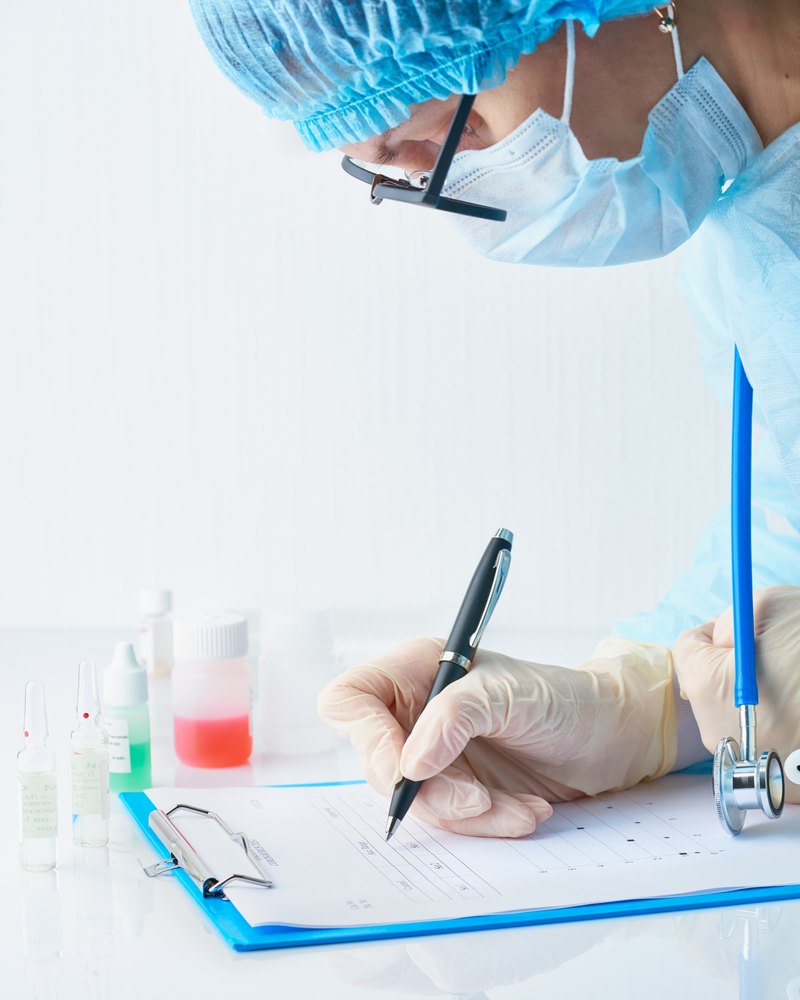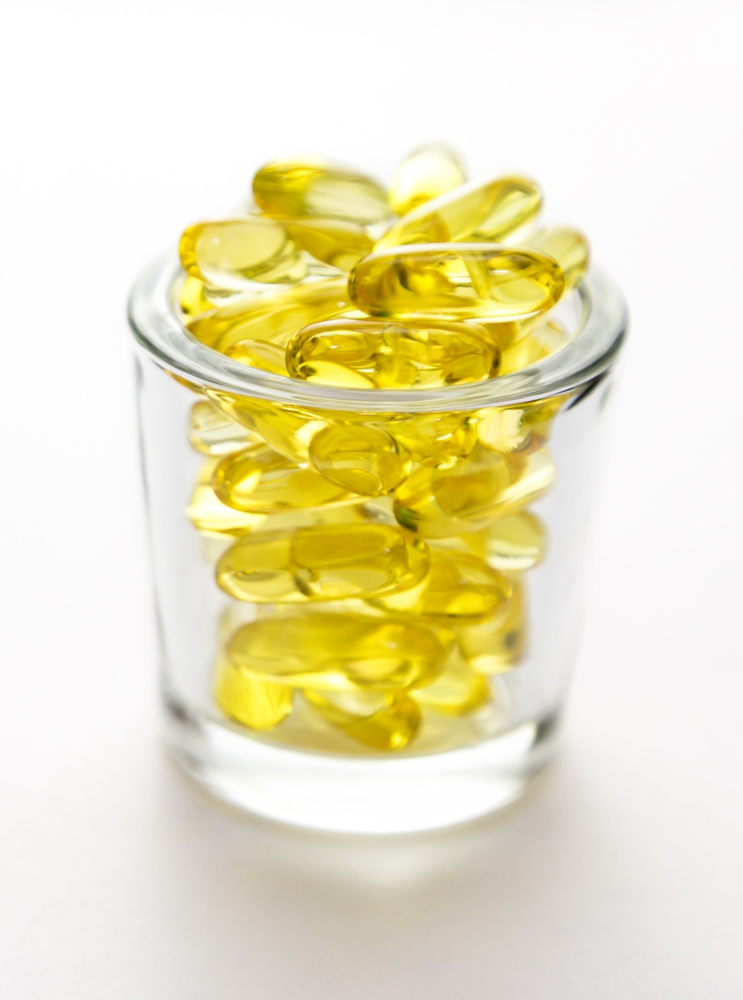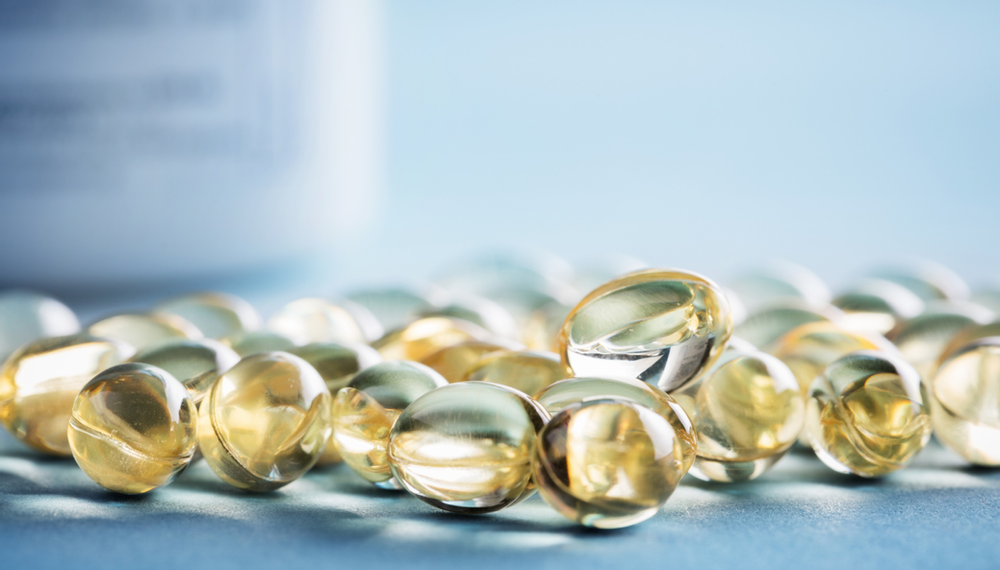
As the coronavirus pandemic rages on, public health experts are determined to understand and develop treatment and prevention options for the disease. One of the areas they’ve been learning more about is Vitamin D, and its potential role in lessening the severity of infectious diseases, such as COVID-19.
So, do you care about your Vitamin D levels? If you don’t, you should!
Having the right levels of Vitamin D is necessary for the human body to work properly. You’ve probably heard sunlight is a great source of Vitamin D, but do you know why it’s so good to have?
Vitamin D serves many important functions in our bodies, like maintaining bone density, regulating inflammatory response, and helping metabolize cholesterol.
First, let’s review the sources of Vitamin D that the human body can absorb, and what levels of Vitamin D are healthy for us. Then, we’ll dive into how these relate to COVID-19.
How Do We Get Vitamin D?

“Vitamin D” is used as an umbrella term for a few different compounds. The most abundant are Vitamin D2 and Vitamin D3. Our body can produce the precursors for activating vitamins D2 and D3, but in order to actually activate them, our body needs to absorb UVB light. The chemical interaction between the light and our skin leads to the production of the perfect mix of Vitamin D2 and D3.
Sunlight is the main way to get UVB light, so in environments where sun exposure is low, doctors encourage people to take Vitamin D supplements (usually in pill form) and/or make sure they’re consuming foods enriched with Vitamin D, like milk and fish. Play our matching game on Quizicist to learn more!

But even living in an area with plentiful sunlight may not give us enough Vitamin D, especially during chilly months when we cover up and spend more time indoors. The frequency of light that generates Vitamin D is often filtered by glass windows, and does not penetrate fabric well. So if you’re basking in morning light on your living room couch, or taking a sunny midday stroll in your favorite winter outfit, the warmth will feel nice, but your body won’t be getting much Vitamin D.
It is important to note that most Vitamin D supplements only give you Vitamin D3, and while some do offer both D3 and D2, it is unclear what the optimal mix should be. So, whenever possible, opt for the natural route; sunlight will give you the best possible mix!
How Much Vitamin D Do We Need?
The minimum recommended levels of Vitamin D vary depending on what country you’re in, and it can be complicated given the fact that Vitamin D deficiency is mostly asymptomatic. For those of us whose jobs involve being indoors eight hours a day, or who are otherwise unable to expose our skin to sunlight very often, we can ask our doctor for a blood test to check our body’s Vitamin D levels. Even if we’re not showing strong symptoms, long-term Vitamin D deficiency can directly cause osteoporosis, and low Vitamin D levels are correlated to several other diseases.

On the other end, getting ,too much ,Vitamin D can be toxic for the body. Though, you probably don’t need to worry about the possibility of ingesting too many supplements — you’d have to take 5,000-10,000 IU or more to experience negative effects. If you did so by accident, you’d know within a short time, as you’d likely start developing nausea, vomiting, constipation, or anorexia. Too much Vitamin D is also directly linked to the development of long-term diseases like hypercalcemia, hypercalciuria, hyperphosphatemia, renal stones, and hypertension. But these conditions should disappear after you stop taking excessive Vitamin D.
So, where’s the sweet spot? How much Vitamin D should we aim for?
For most people, 30 minutes of direct sun exposure each day will provide enough activated Vitamin D for healthy body function. If you want to avoid the risk of getting too much of the vitamin, sunlight is the way to go. Sunlight is the most natural way to replenish our Vitamin D; it allows the body to self-regulate and only release the amounts that it needs.

Sunlight also helps our body regulate melatonin levels, which seems to help increase Vitamin D levels as well. Melatonin is the body’s main hormone for regulating sleep, and it is important to have healthy levels of both melatonin and Vitamin D since they work together in regulating the immune system.
Plus, if our goal is to get out into the sunshine for half an hour, that also gives us the opportunity to go for a walk and get some exercise — a double win!
If sun exposure is not possible, we still have a few good options. For most people, a daily supplement pill of 1,000 or 2,000 IU Vitamin D is adequate.
You can also make sure your diet includes foods that are enriched with Vitamin D, like milk, orange juice, bread, fish, and some cereals. Taking a higher amount of the vitamin’s inactive form will help elevate your levels of the activated form. But it’s important to keep in mind that even with supplements and diet enrichment, some UVC light will still be necessary to process Vitamin D.
How Does Vitamin D Relate to COVID-19?
Several clinical studies have shown that patients with severe cases of COVID-19 tend to have low levels of Vitamin D, or even full-blown Vitamin D deficiency. With this information, you could assume that increasing their Vitamin D should help these patients recover from the disease, but this might not be the case.
So what about all the news claiming that Vitamin D is a solution to COVID-19? Unfortunately, there is still no easy answer if Vitamin D levels play a direct role in the development of COVID-19. Patients with low levels of Vitamin D are also more likely to have other diseases or risk factors that can increase the severity of COVID-19.

There are a few clinical trials suggesting that Vitamin D could be a COVID treatment, but they’re plagued with false data and a lack of good controls. And there are a few others suggesting that Vitamin D does ,not, help, but these are also poorly-conducted studies. So what then?
The reality is that Vitamin D is probably not a magical solution. But, claiming that the effects of Vitamin D supplementation are false might be also a hasty conclusion. The best thing we can do is exercise caution. If you have (or are at risk of having) low levels of Vitamin D, spend more time in the sun or take a daily supplement.

As winter approaches, most of us are starting to spend much more time indoors. If you can take some time to go out in the sun, try to expose some skin to increase your vitamin D levels naturally. While you’re at it, might as well go for a walk to help balance out the time inside!
And of course, if time is an issue and a nice walk is not an option, please go for the vitamin route.
This article was co-written by Anna Michel and Bruno ,Queliconi,, Associate Specialist at the University of California, San Francisco.